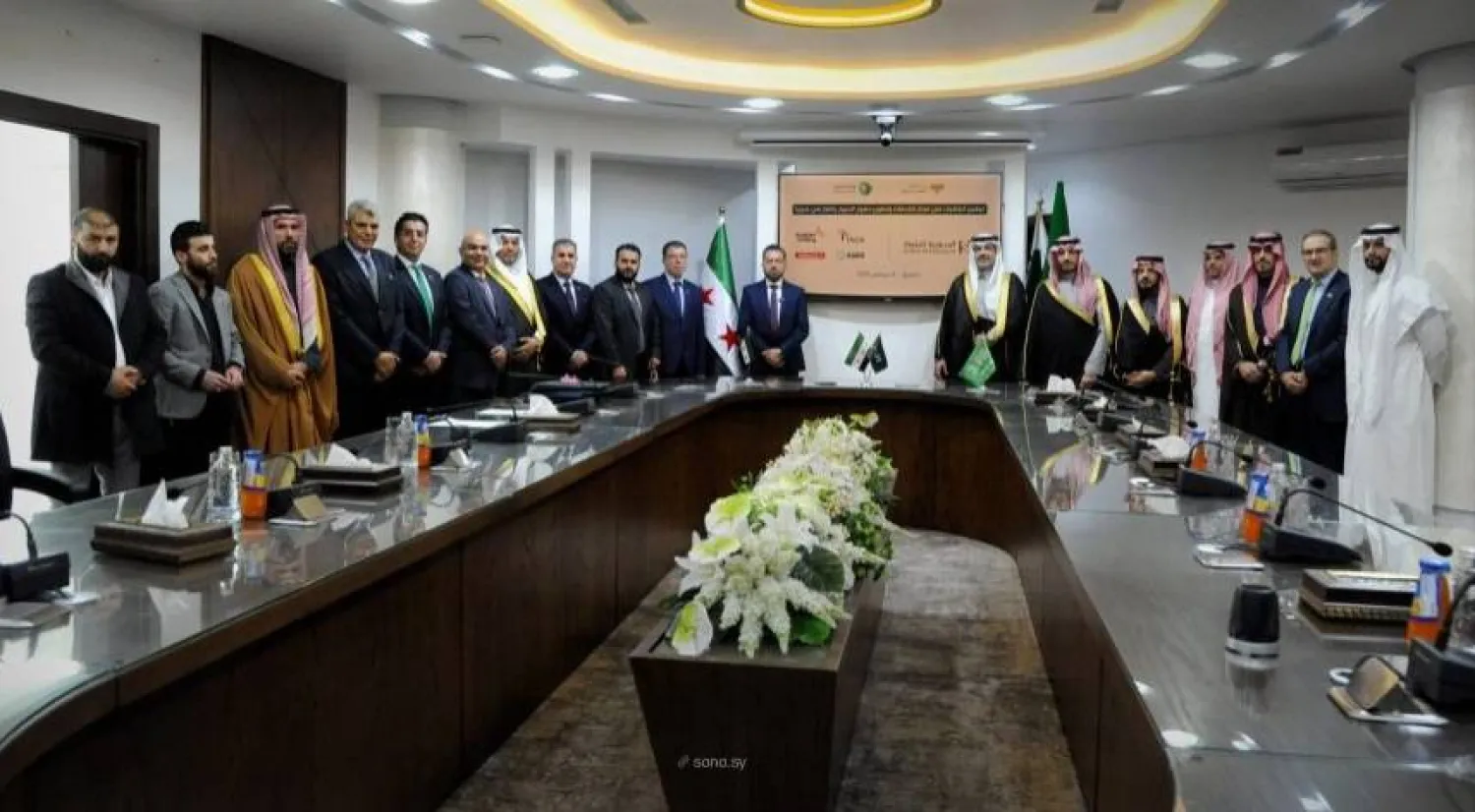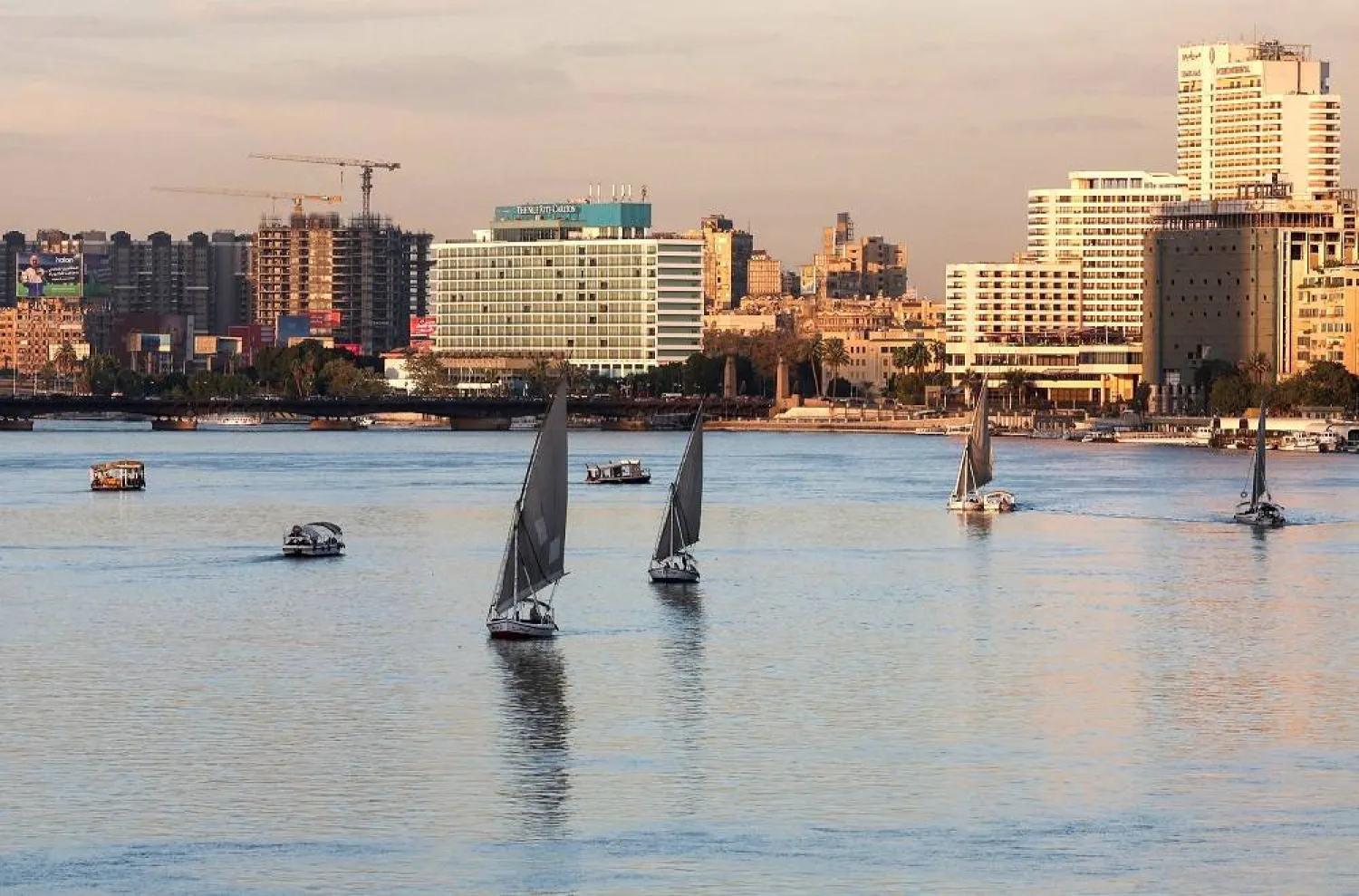Under the supervision and follow-up of the Saudi Ministry of Energy, four Saudi companies, TAQA, ADES Holding, Arabian Drilling, and the Arabian Geophysical and Surveying Company (ARGAS), signed on Tuesday agreements with the Syrian Petroleum Company covering services, technical support, and the development of oil and gas fields in Syria.
The agreements build on the ongoing cooperation between Saudi Arabia and Syria in the energy sector. They come within the framework of implementing the memoranda of understanding signed on August 28 and the subsequent technical workshops and field visits to gas fields and associated facilities, reported the Saudi Press Agency.
Tuesday’s deals include an agreement between ADES Holding and the Syrian Petroleum Company that sets out the basic principles for the development, operation, and production of gas fields. It defines the core terms that will form the basis of a final technical services contract to develop and operate gas fields and associated facilities within the designated contract area.
The agreement aims to increase production across five gas fields, Abu Rabah, Qamqam, North Al-Faydh, Al-Tiyas, and Zumlat al-Mahar, as well as any additional areas agreed upon at a later stage.
The second deal is a master service agreement between TAQA and the Syrian Petroleum Company to provide advanced, integrated solutions and services for the construction and maintenance of oil and gas fields and wells in Syria.
The agreement aims to boost operational efficiency and boost production using the latest technologies and state-of-the-art equipment.
Another master service agreement, between ARGAS and the Syrian Petroleum Company, will provide 2D and 3D seismic surveying and related technical services to support exploration and drilling activities.
It establishes a long-term cooperation framework designed to advance petroleum exploration and development in Syria’s energy sector, ensuring rapid response, operational flexibility, and the efficient initiation of technical projects.
The fourth agreement, between Arabian Drilling Company and the Syrian Petroleum Company, calls for the provision of drilling and workover services for oil and gas wells in Syria, including the leasing and operation of onshore drilling and workover rigs.
Arabian Drilling will supply the drilling and workover rigs, deliver workover operations and operational support, and provide workforce training and development.









